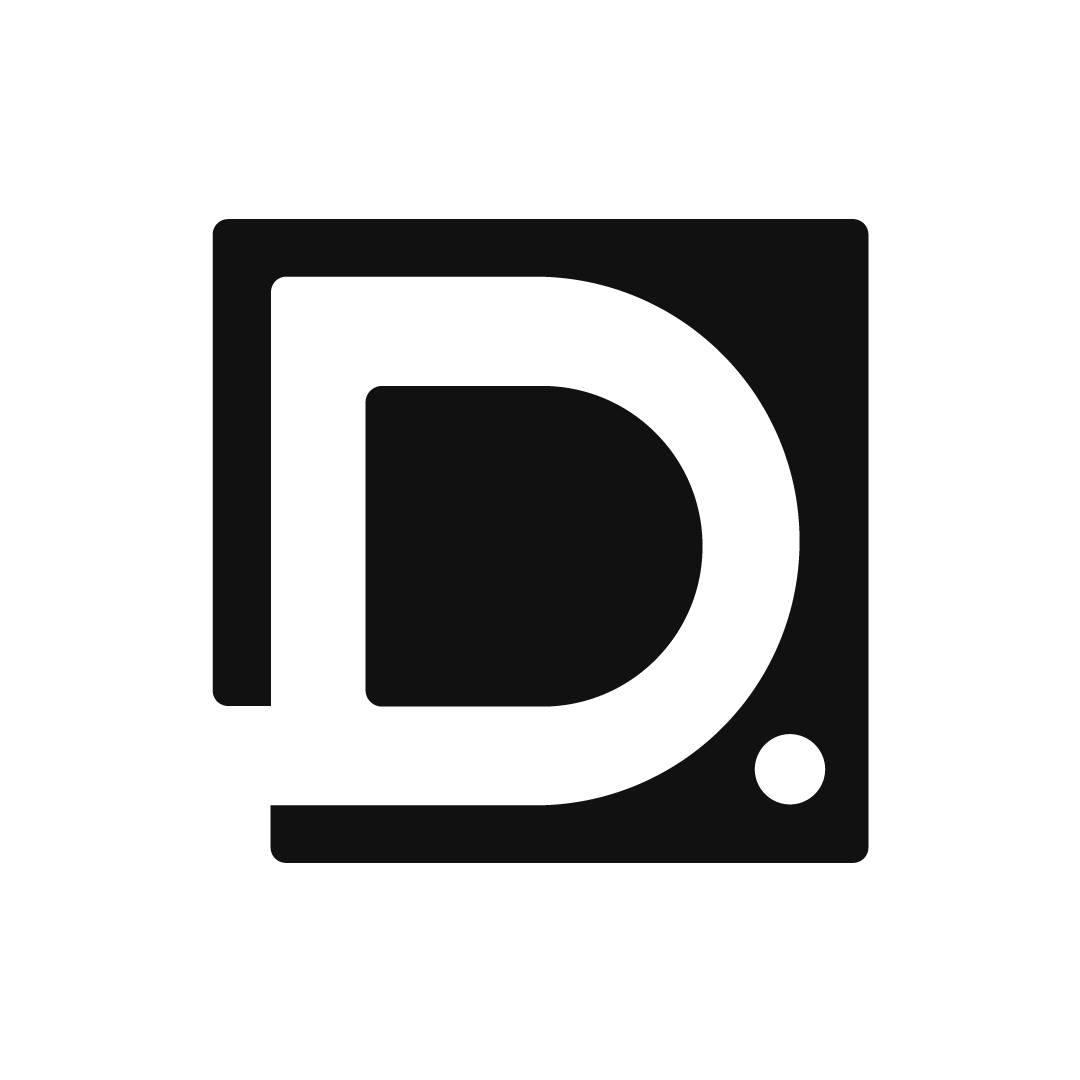Understanding Creative Block & Designing a Creative Assistant
Outcome:
Personas, scenarios, experience map, priority matrix, and design implications for an
assistive technology.
Methods: Thematic analysis, scenario-based observations, semi-structured interviews, qualitative coding, affinity diagramming
Tools: Atlas.ti, affinity diagramming, sequential task analysis
Our study investigates the current pathways of artists and designers during their creative block to understand their motivations and mental models. We aim to explore user needs in a technology-based solution that helps artists, designers, and hobbyists address creative blocks.
Timeline
February 6th 2024–March 20th 2024
Team
Caroline Rumani, Diego Reyes-Alicea, Valerie Fahel-Schaffer, Vedant Darak
Contribution
Empirical research, methodological research, survey/meta analysis
Design Implications for a Creative Assistant
Our design artifacts pointed out direct/indirect design implications that target some participants' issues with creative blocks. These aspects highlight how a creative assistant can help designers and artists overcome creative block.
“Setting up my environment and bringing everything, preparing everything that like, like maybe the specific sizes of rings or if I was doing homework, like all the specific tools, digital tools I’m gonna be using.”
“If I do combos of, like, Oh, I’m calling somebody and, like eating a snack or something, it really helps me re-energize myself.”
Problem Framing
Although a variety of online tools exist to help promote serenity or pique inspiration, no technology-based tools exist to help designers and artists address their creative blocks. However, they lack the necessary resources to support the entire creative lifecycle.
Research Question
What are the user needs in a technology-based solution to address creative block?
Methods
Scenario-based observations
Semi-structured interviews
Part 1: Scenario-Based Observations
Data Collection Method
We asked participants to share their individual experiences with being creative. Then, our team presented a general project scenario with a period of creative block. We tasked participants with showing us their process to overcome this creative block via the Zoom screen-sharing feature.
Data Analysis Method
Affinity Diagram
Sequential Task Analysis
Observation Activity
Imagine you have a project you need to complete within the next few hours. This project can be anything you wish, so long as it is a creative project. However, you begin to experience creative block. Could you share your screen and show how you might overcome the creative block?
Part 2: Semi-Structured Interviews
Data Collection Method
Our observation findings identified Preparation, Digital vs. Physical, Relaxation, and Creative Block as themes for our interview. Questions included:
Data Analysis Method
Inductive Coding
Affinity Diagram
Codebook
Screener Questions
Are you over 18?
Have you ever experienced creative block?
Are you willing to discuss your experience with creative block?
Observation Findings
Affinity Diagram
Sequential Task Analysis
Interview Findings
Affinity Diagram
Found Major/Sub Themes
📝
Preparation
Environment, Creative Process
🔍
Digital vs. Physical
Digital and Physical Tools, Most Effective Tools
😌
Relaxation
Breaks, Outside Influence and Mental Check Ins
❌
Creative Block
Management, Confidence, Experience
Research Artifacts
From our interviews/observations, our team created two personas, two scenarios, experience maps, and a priority matrix from our qualitative data analysis. These visualizations created a holistic view of the creative block, and potential users’ needs in a technology-based solution.
Persona 1: Sara
Scenario 1: Sara
Sara recently started her first career job within UX Design and has a passion for accessibility design. She has plenty of years of experience being creative. The pressure to produce high quality designs during her 9–5 result in her having imposter syndrome. She finds herself frustrated as she is having creative block within the ideation stage of projects. “Where do I begin?”, “How can I begin?”
Persona 2: Taylor
Scenario 2: Taylor
Taylor is a 28-year-old designer who recently started his new career in UX design. Drained from the day, Taylor is too tired most days to even think about potential ideas for his creative endeavors. Not being able to keep up his craft is giving Taylor creative block. “If I knew what I was creating, I could get past this creative block.”
Priority Matrix
A stakeholder interested in creating a creative block assistant would be given the priority matrix my team and I have created. Our team discussed our design implications and identified each feature’s priority level, potential impact, and feasibility.
Reflection
Future work would explore more creative occupations and age ranges, such as those with more physical art experience or more tenured artists. It may yield new findings regarding the accessibility and desirability of certain features. Therefore, our team recommends future research on the following:
Conduct user research with a greater set of participants based on age, occupation, and creative experience to better understand the target audience.
Test the prototype with potential users for greater understanding of its feasibility and use, and its effectiveness in overcoming creative blocks to make improvements.
















